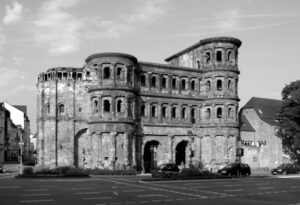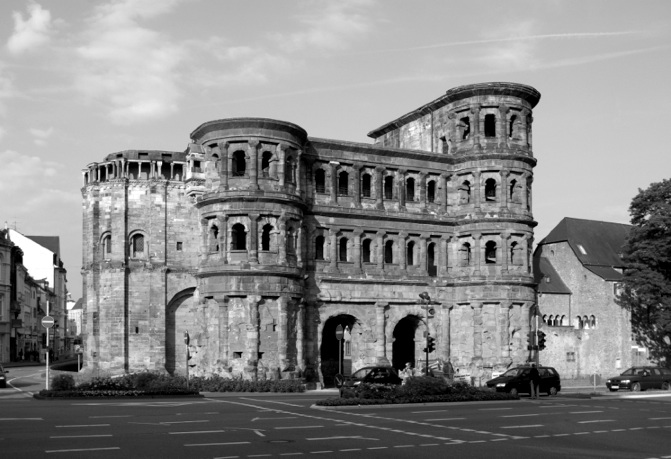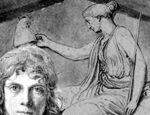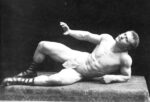Description

Meet the Black Gate, the Porta Nigra, which looms over the city of Trier, and in particular over the house on Simeongasse (one of those on the left in this picture) in which Karl Marx was brought up. The ‘ruins’ of Trier began life with Napoleon Bonparte, who took one look at the town in 1804, the year he declared himself Emperor, and ordered it to be returned, in a symbolic deletion of the Holy Roman Empire, to its ancient glory. This entailed the removal of all its medieval Christian accretions.
Marx’s experiences of the archaeological activities in his home town during his boyhood and youth inform his developing theory of history a revolutionary change. The works of his boyhood were produced in a town reinventing itself as the archaeological wonder of the Rhineland. Roman Trier also informed the references to ruins in his work on Lucretius and the other materialist philosophers, to the revolutionary leaders associated with Trier, Augustus and Constantine, especially in his letters and The Eighteenth Brumaire of Louis Napoleon (1852).
Marx’s vision of Roman imperialism and the ancient city’s relationship with the countryside was formed in reaction not only to Niebuhr’s Prussian nationalist version of Roman history, but in response to Marx’s own understanding of the ancient Roman economy of Trier, based on his ‘psychic geography’, internalized within its Roman walls. As a citizen of what was being presented once more as Augusta Treverorum, he read the works of Tacitus and Caesar from the perspective not of Friedrich Wilhelm III and his historians, but from the perspective of the Treveri, a people colonized and subject to an oppressive power.
For more on this subject find Groundwork article HERE.
n.b. around 1830.




